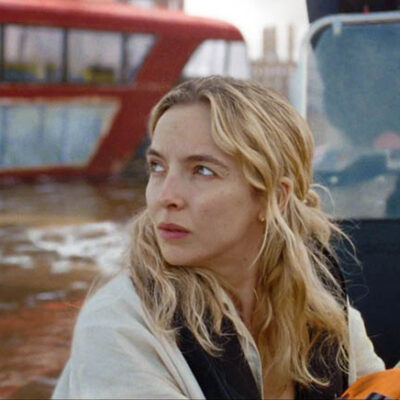Although a significant portion of the plane crash stunt was filmed for real – partly on the famed ‘vomit comet’ jet to provide the apparent weightlessness imagery – many shots were enhanced with visual effects and animation.
Production and MPC Visual Effects Supervisor Erik Nash and fellow MPC Visual Effects Supervisor Greg Butler reveal how the plane crash was planned, shot and executed, including with 60-plus takes on the vomit comet itself.
“The gimbal was a pretty spectacular piece of engineering itself. It was basically the entire cargo hold of a C-130 built to be able to rotate and roll 360 degrees continuously. I think they could do up to nine consecutive revolutions at up to five seconds per revolution… “
— Erik Nash, Production & Visual Effects Supervisor
SIMULATING ZERO-GRAVITY
The vomit comet is actually a converted Airbus plane from NoveSpace, occasionally used to train astronauts. To provide weightlessness, the plane would climb to 25,000 feet then reduce thrust and fall back towards Earth. That gives a zero-gravity feeling to passengers for 22 seconds.
“I was there for every flight,” says Nash, who happens to be an experienced sky diver. “We did 45 parabolas over two days and it was pretty special. It was a real treat and very educational just in terms of the physics of it all. It’s really a unique sensation and thankfully, I didn’t get sick, but unfortunately, a good third of our crew weren’t able to say the same thing.”












